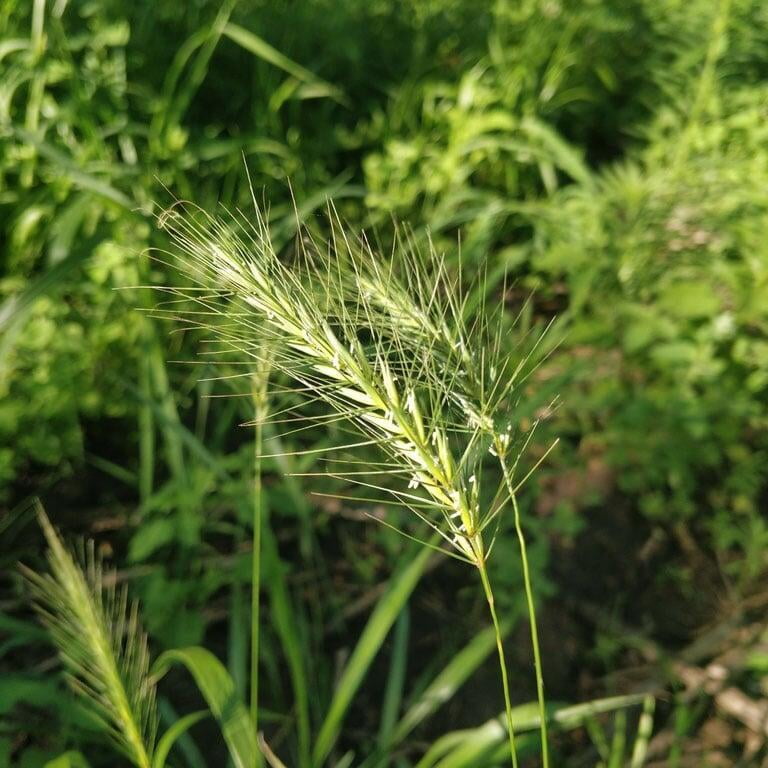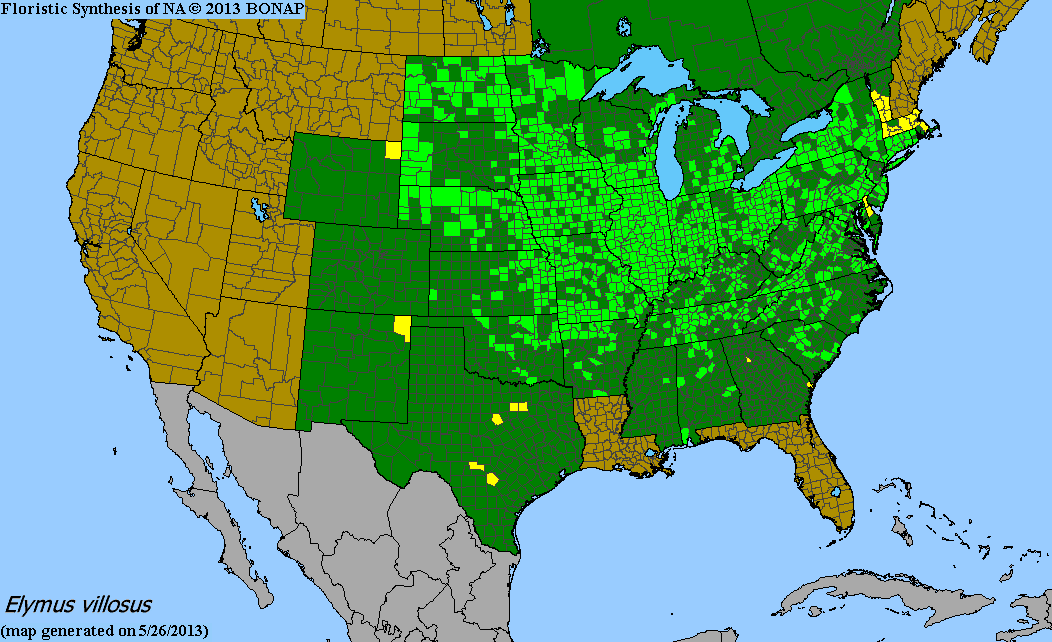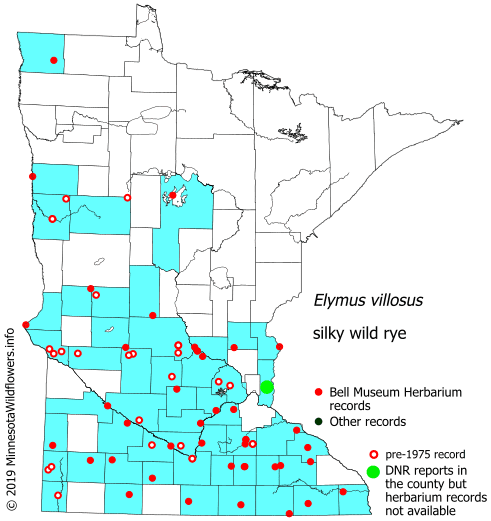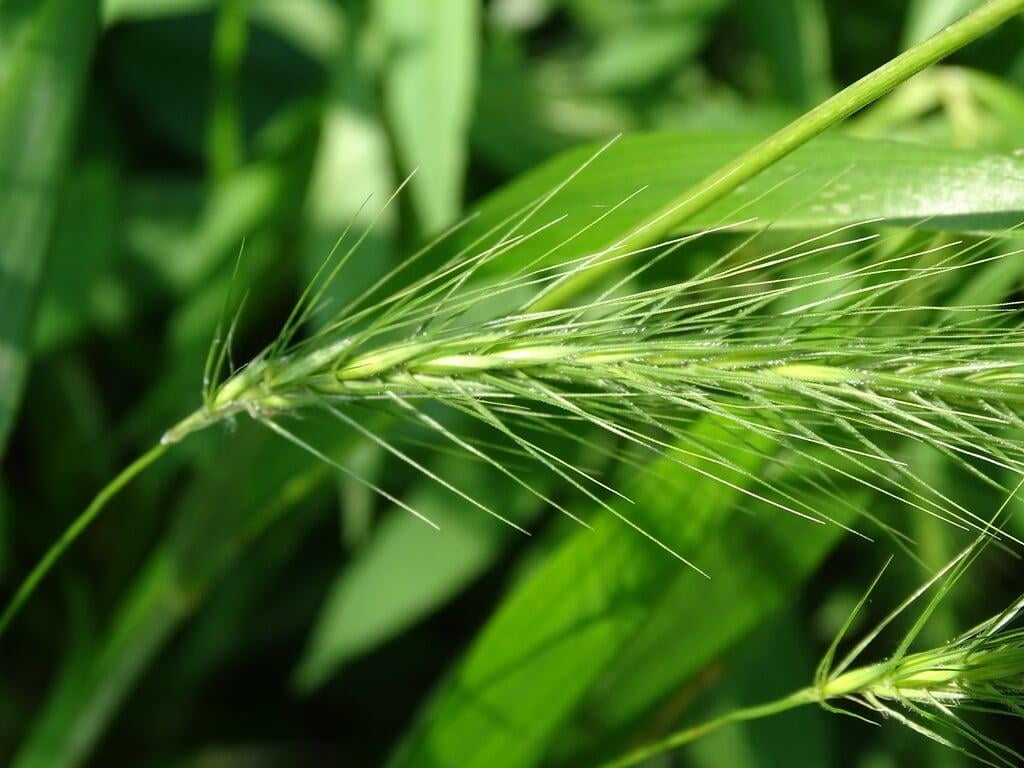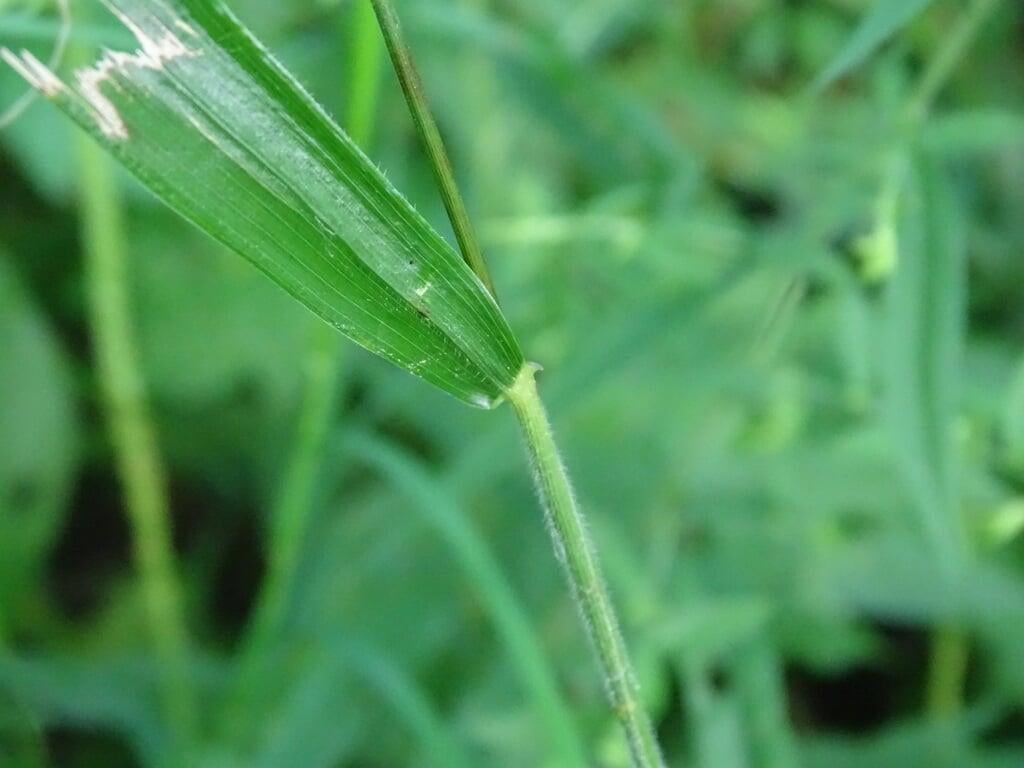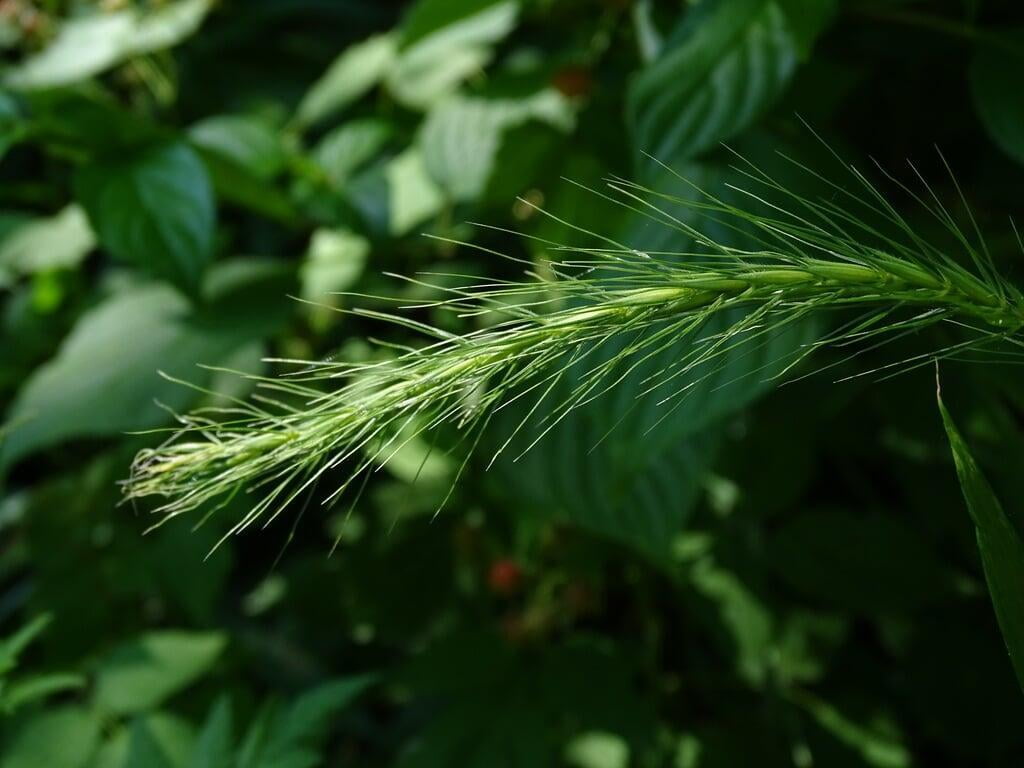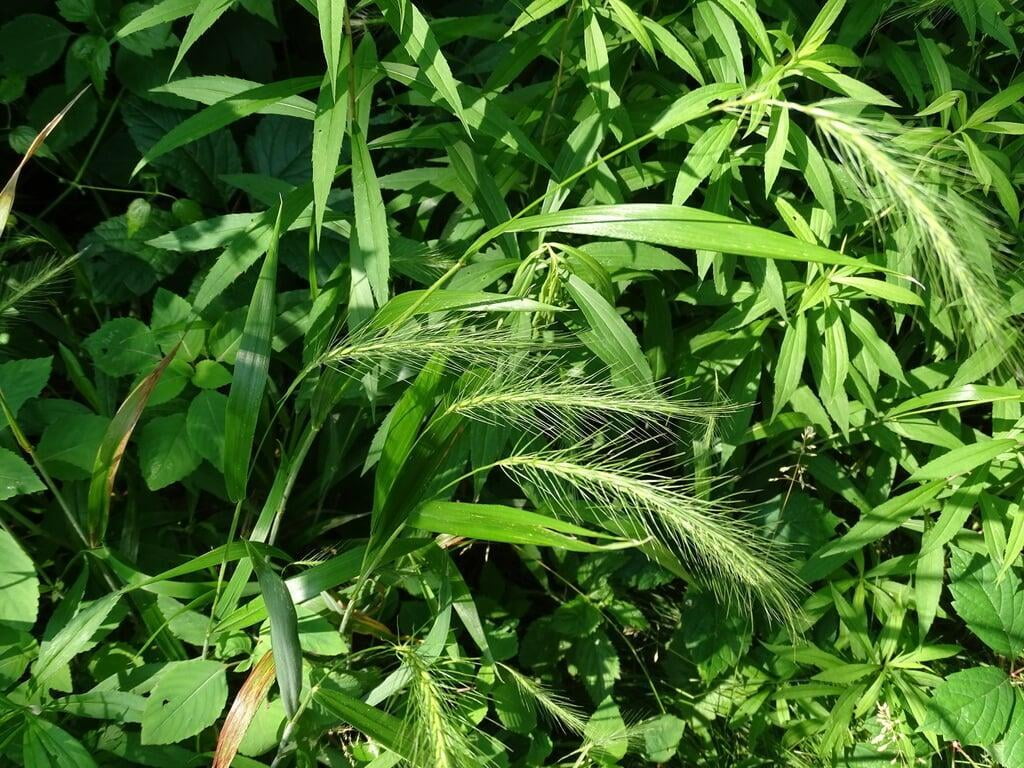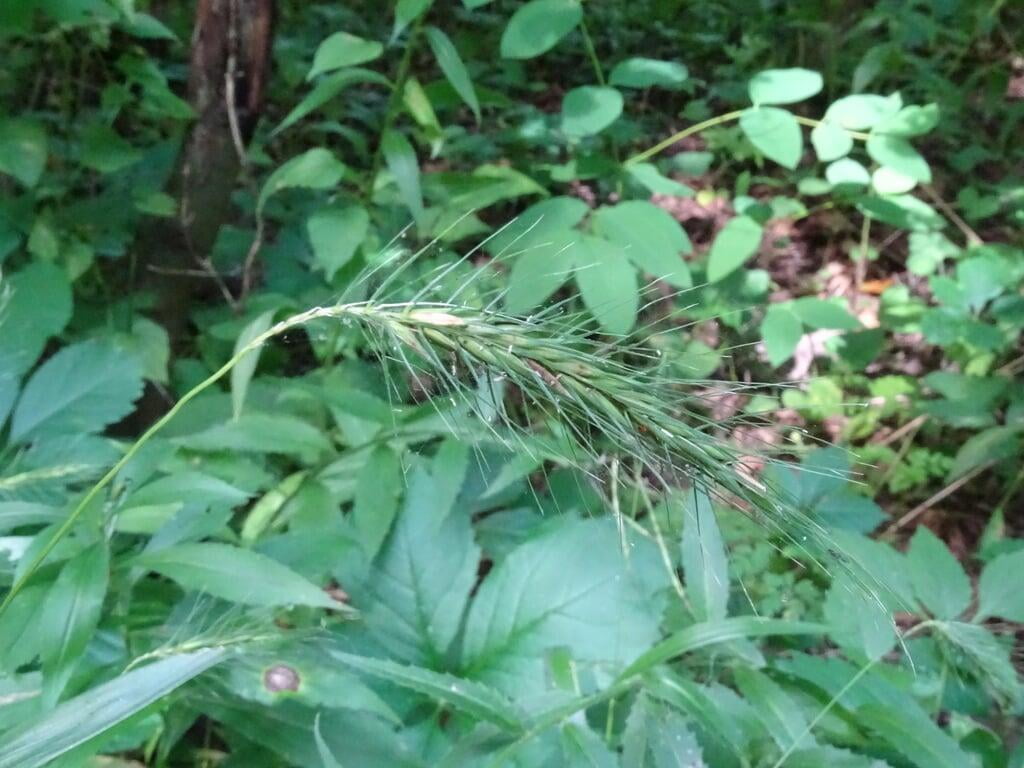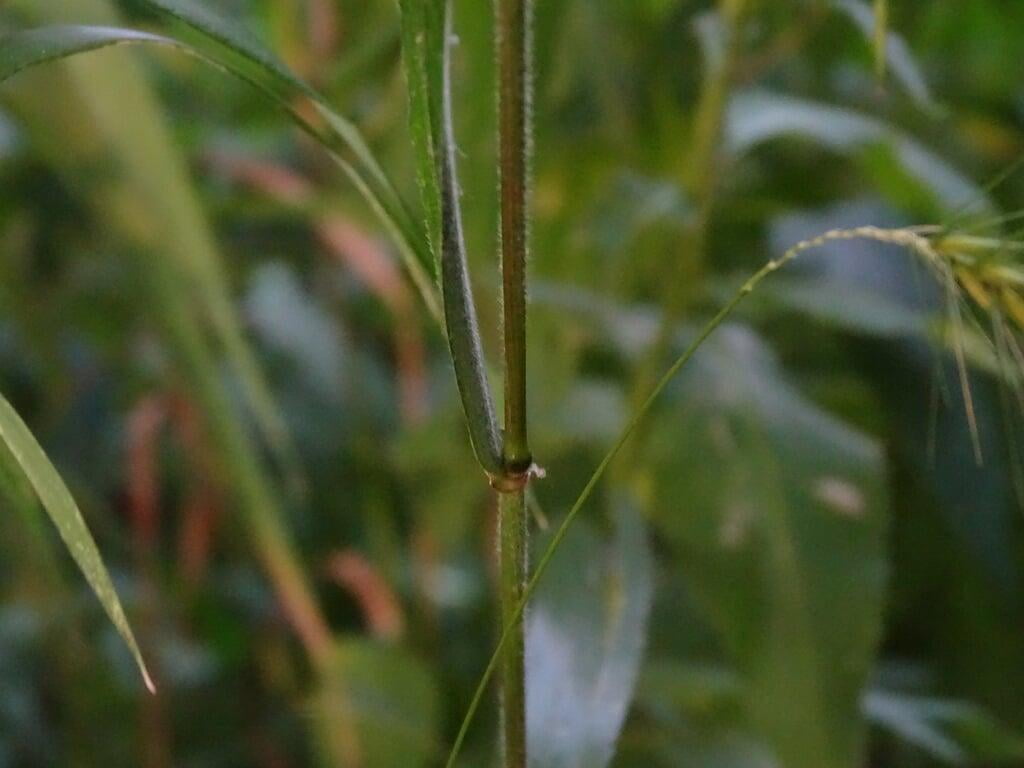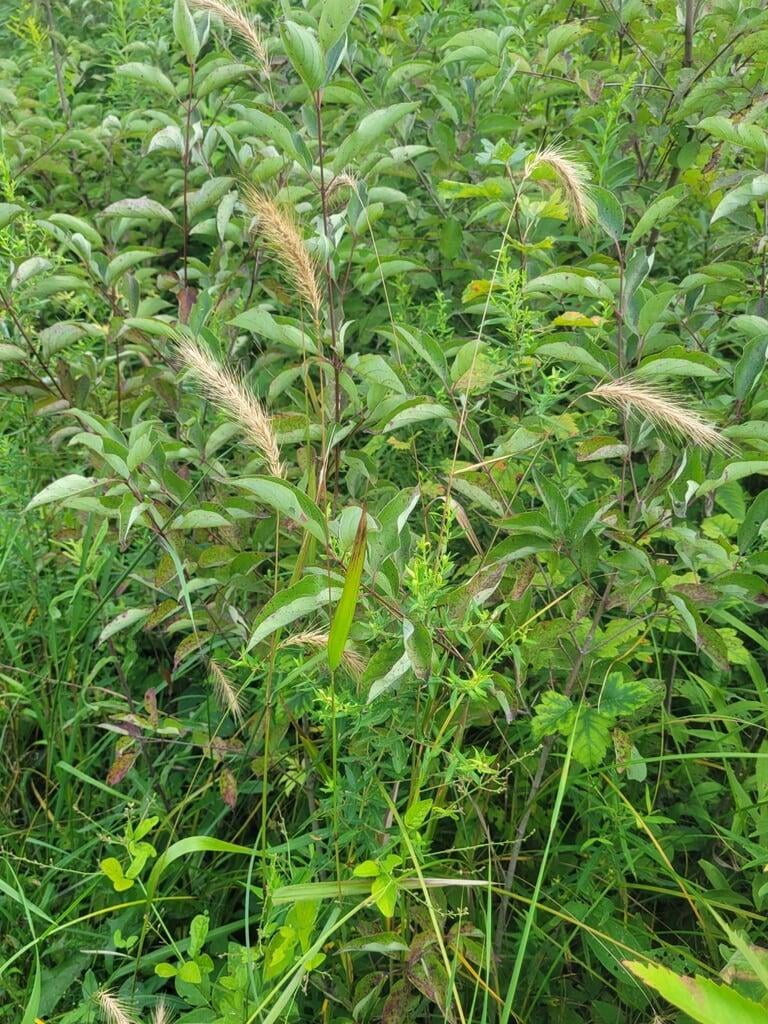Elymus villosus
Silky wild rye Description:
Elymus villosus is a plant species commonly known as hairy wildrye, and it is a member of the grass family (Poaceae). It is a perennial grass that is native to North America and can be found growing in various habitats, including grasslands, prairies, and meadows.
Hairy wildrye has a robust root system that can grow up to three feet deep, making it a valuable plant for erosion control. The plant can grow up to 16 - 40 inches tall, with leaves that are long and flat, and flowers that are arranged in a compact, cylindrical spike. The spike can be up to 8 inches long and is usually purplish-green in color.
As a cool-season grass, Elymus villosus typically grows in the spring and early summer, and it is an important source of forage for wildlife, including deer, elk, and small mammals. It is also commonly used for landscaping purposes due to its attractive appearance and drought-tolerant nature.
Overall, Elymus villosus is an important plant species for ecosystem health and has many valuable characteristics that make it a useful species for various purposes.
Native Range:
Silky wild rye can be found across the central and Eastern United States.
Standard Plant Information:
Plant height: 16" - 40" inches
Fruiting time: July - August
Preferred habitat: Does well in part shade to full sun and moist to dry sandy or rocky soil. Often found in woods, floodplain forest, river banks, ravines, wooded slopes, and rock outcrops.
Sowing:
For most homeowners, the best option is to scatter seed on the ground by hand broadcasting at a minimum of 15-16 pls lbs per acre. For even coverage, we recommend that you broadcast seed in perpendicular rows across the site to ensure even coverage.
Planting:
Simply dig a hole in the soil slightly larger than the plant’s roots. Ensure that the soil line of the plant is maintained during the transfer (i.e. the plant should be at the same level with the ground as it was in the pot). Pack any loose dirt back around the plant and make sure you water it well the same day to ensure it has the best chance of survival.

